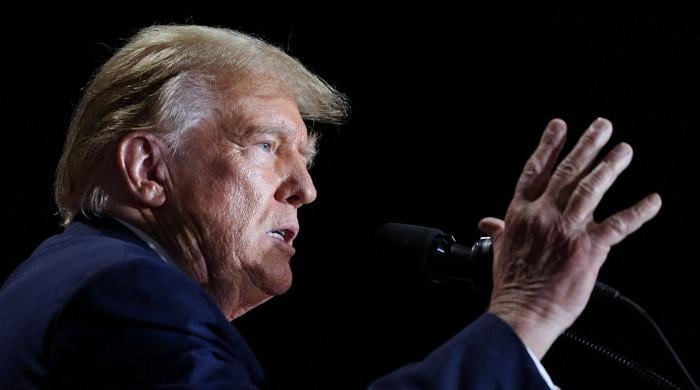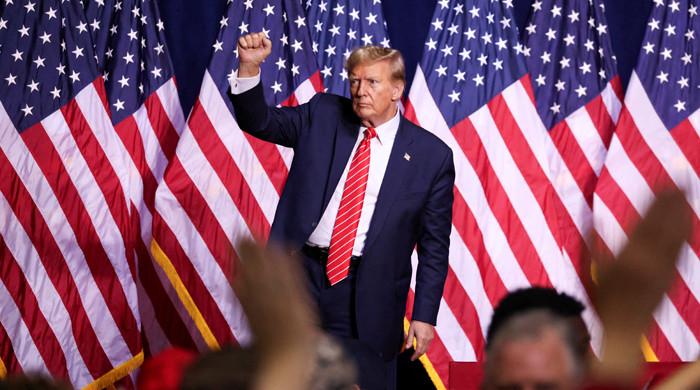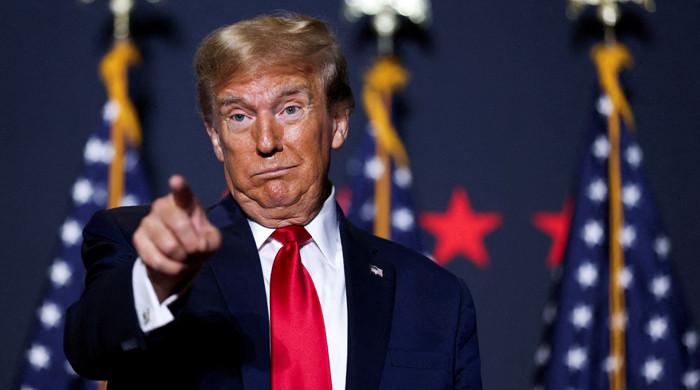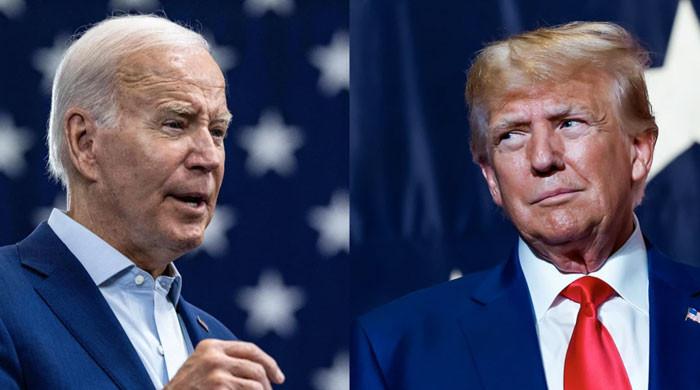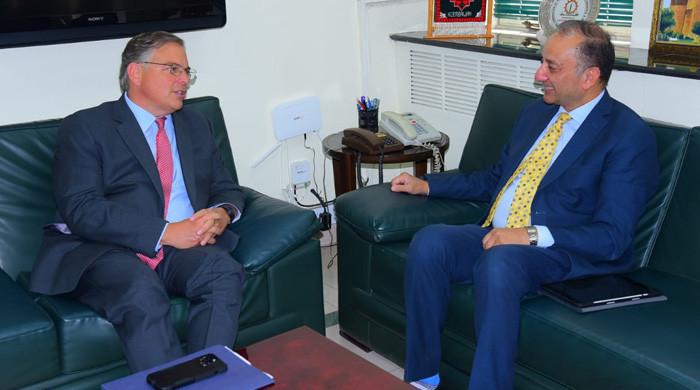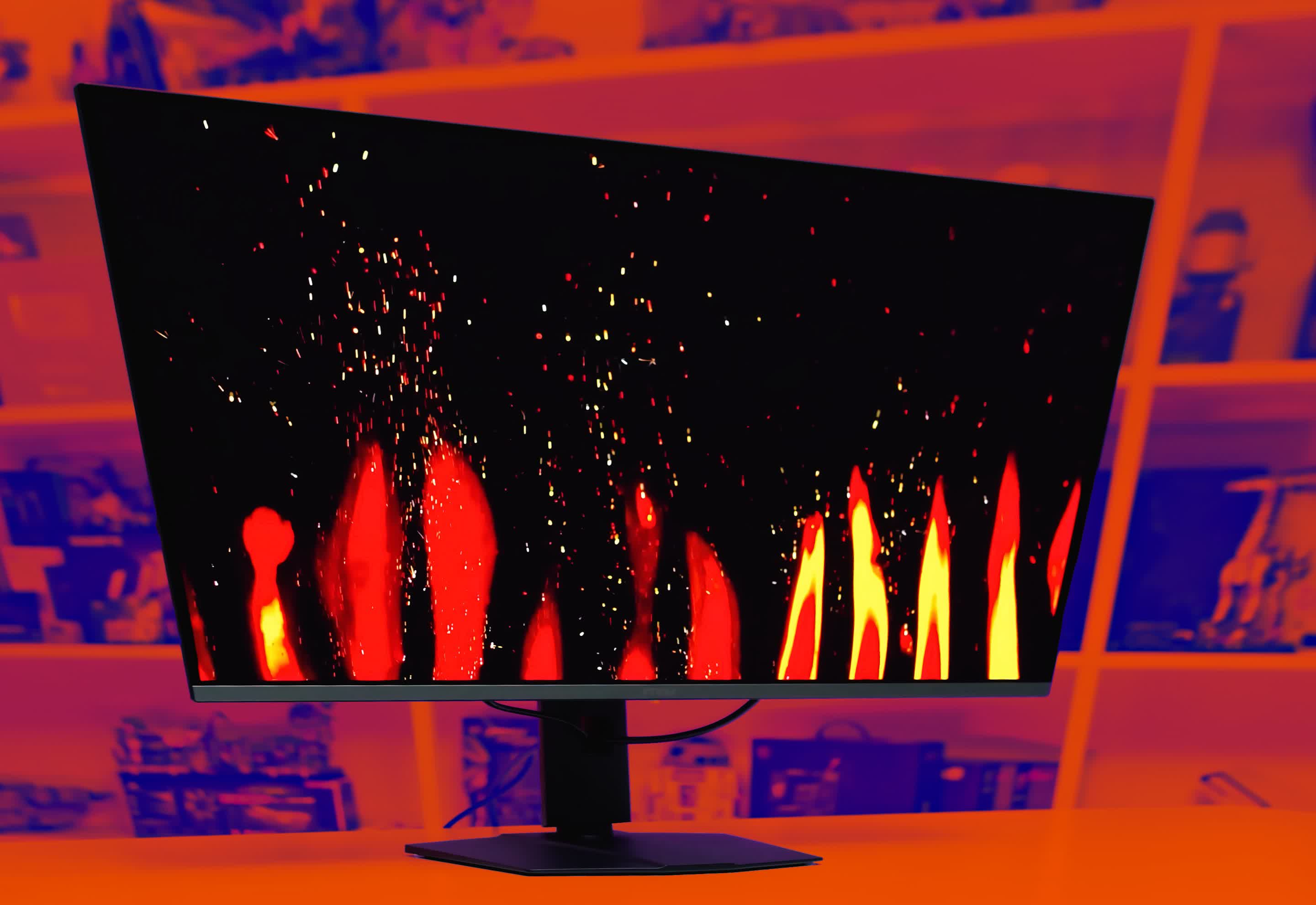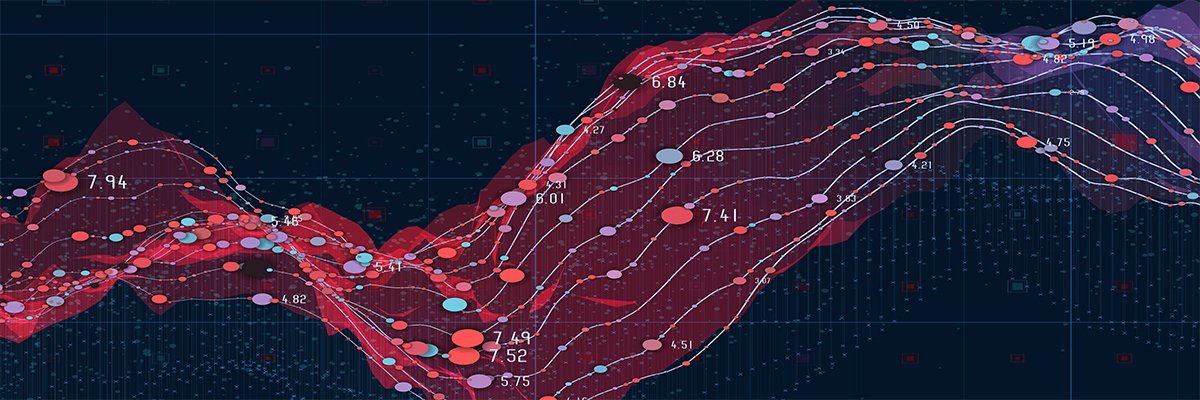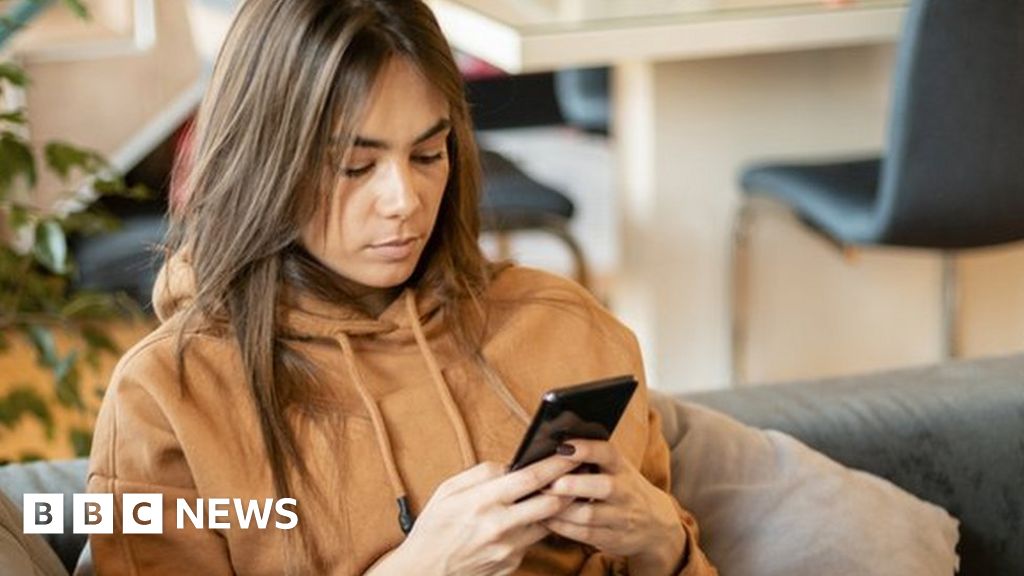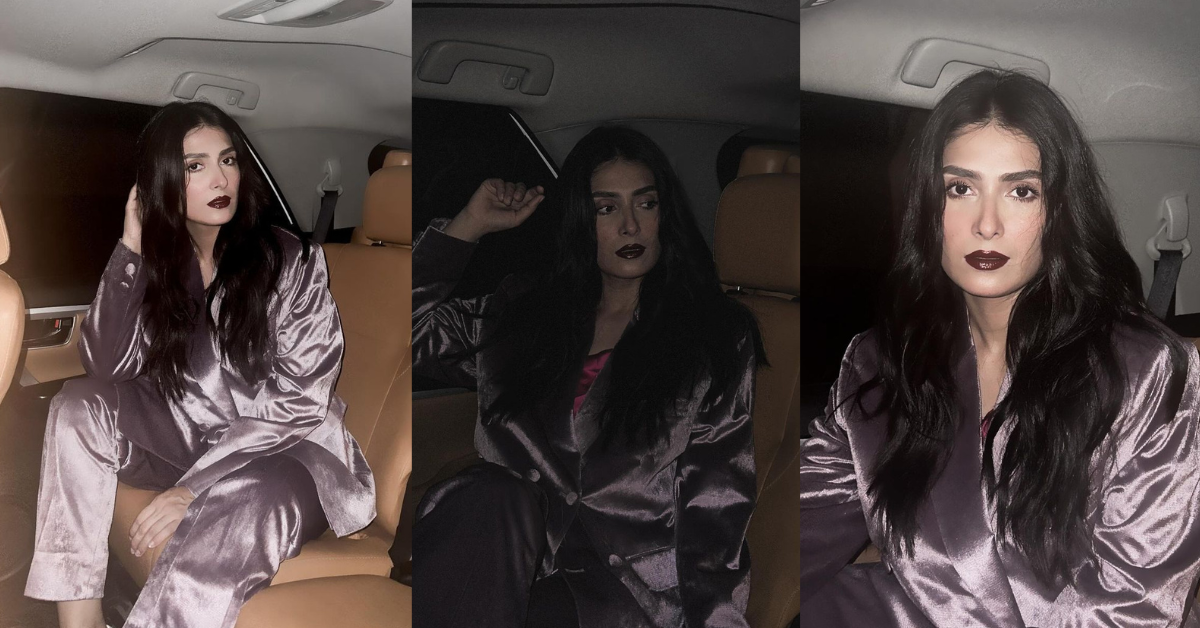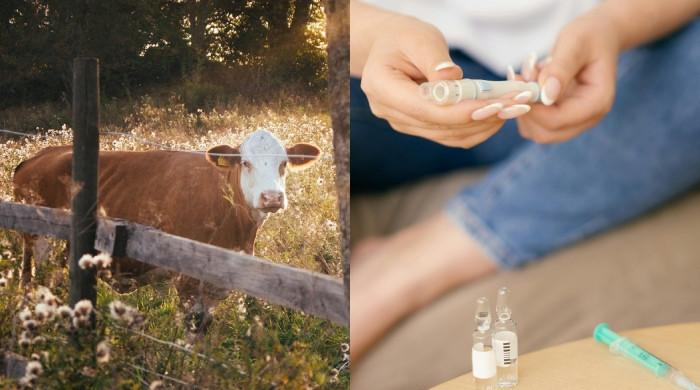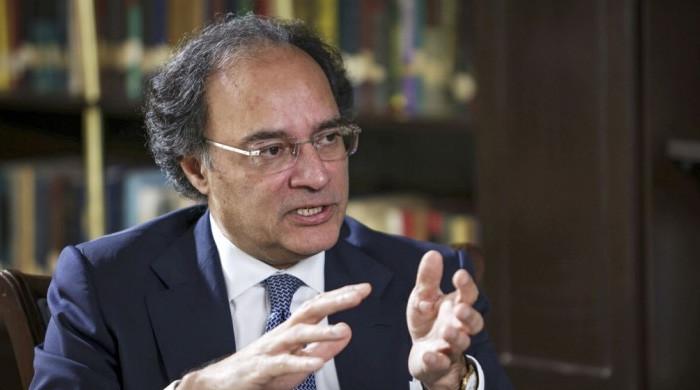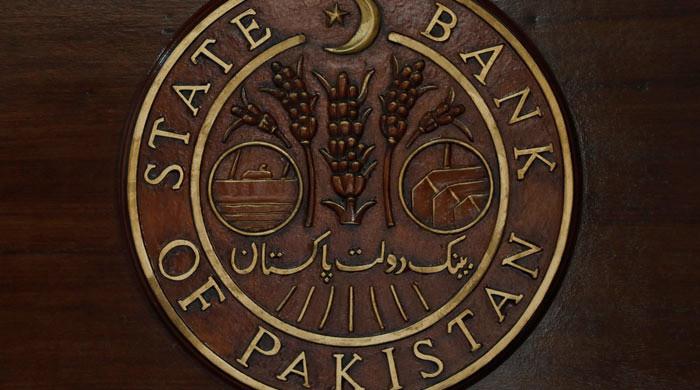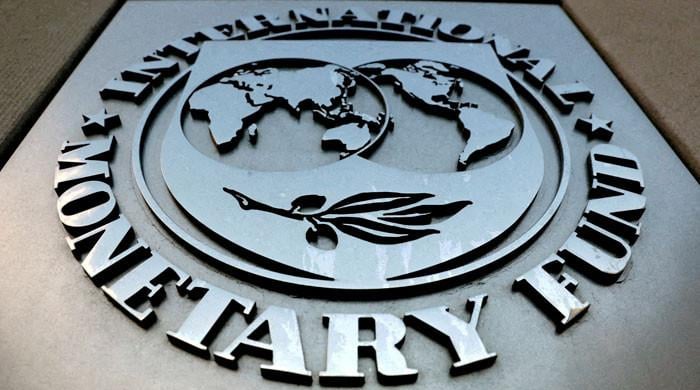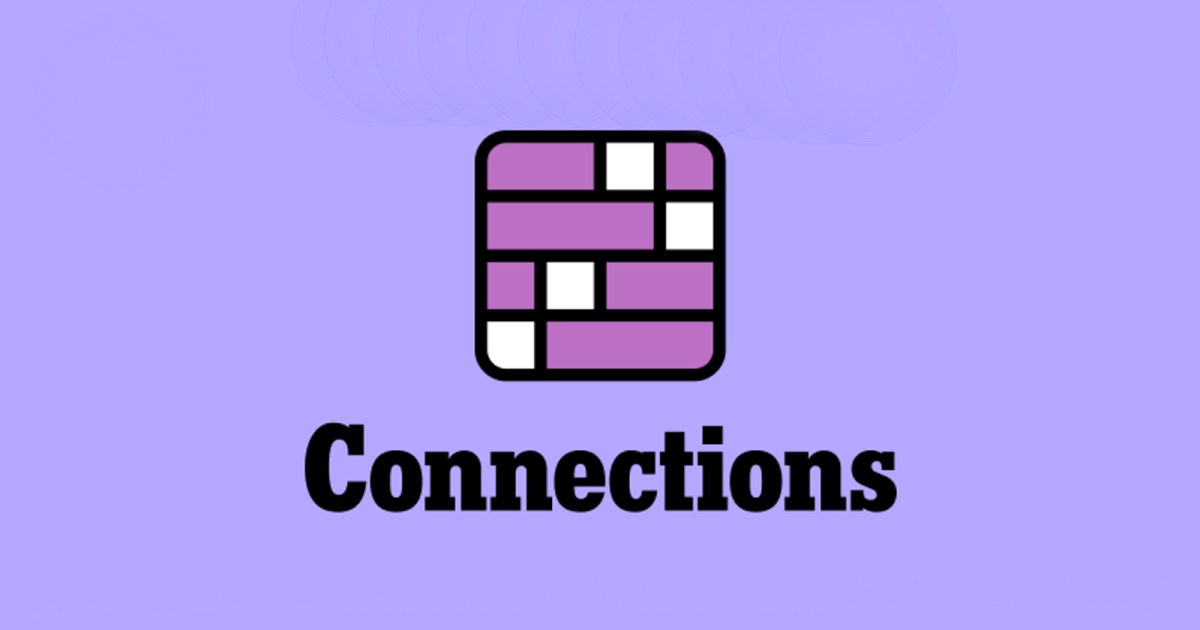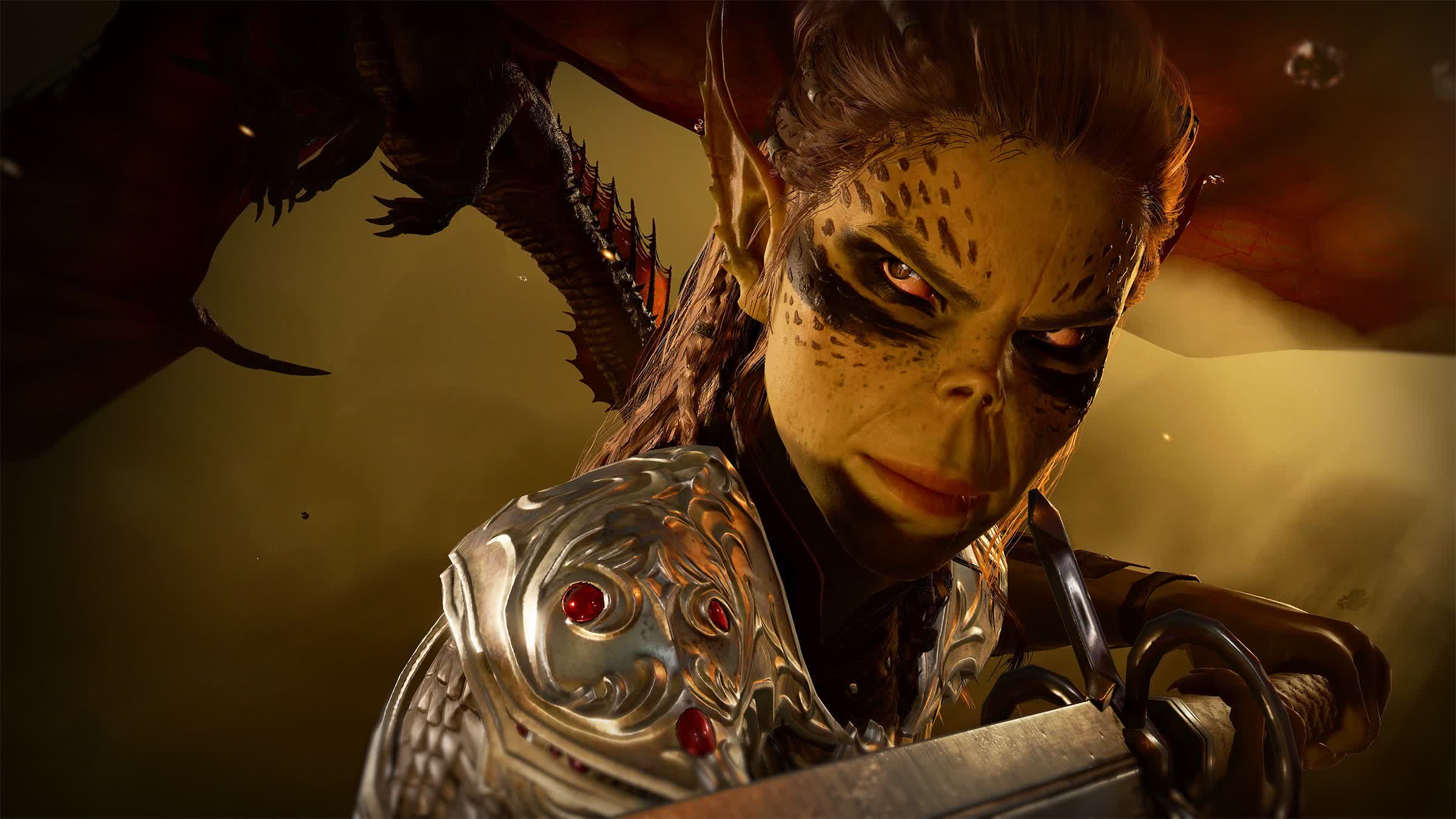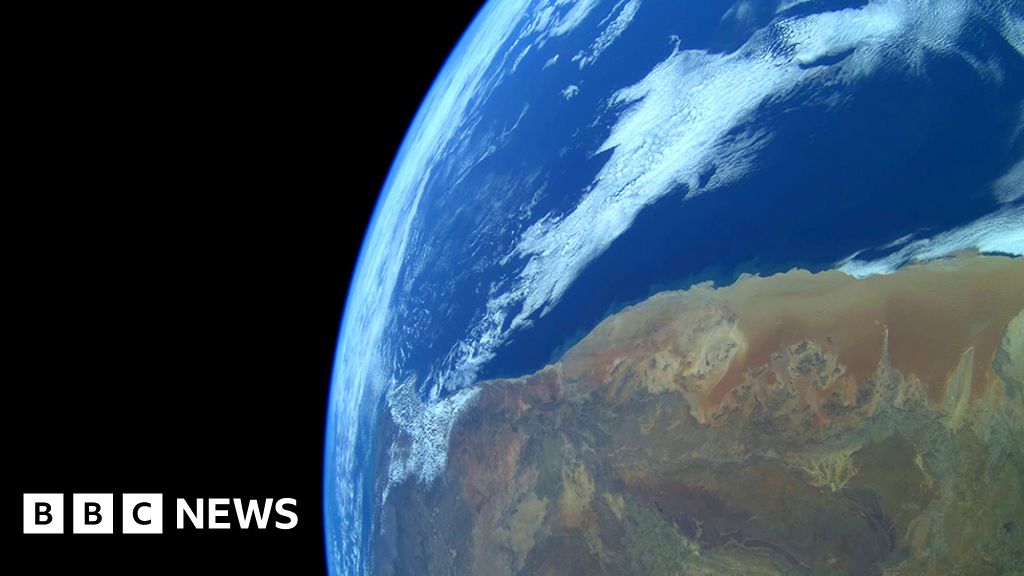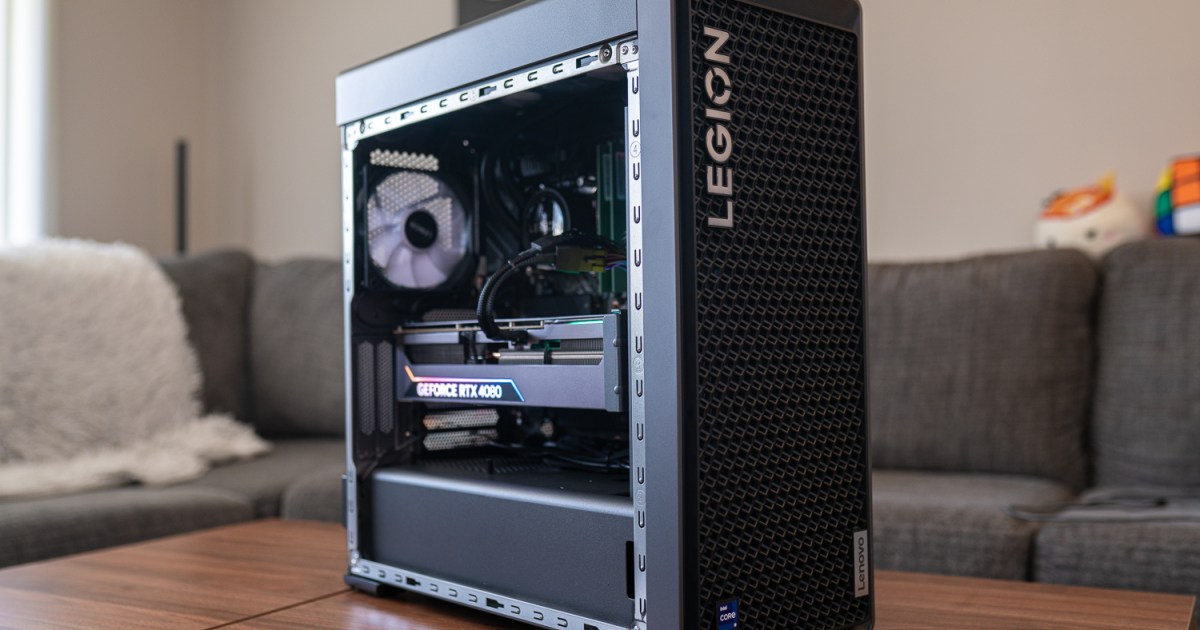[ad_1]

YouTube is all set to revolutionize the way online content, particularly music, is created, leveraging AI to allow users to replicate the voices of popular artists to create new songs.
Currently, around 100 creators in the US have access to the software, and the application is limited to generating soundtracks for YouTube Shorts.
This marks a bold move, as YouTube launched the experimental AI tool for musical cloning, known as ‘Dream Track’ to allow users to mimic the voices of established artists.
While the technology looks fascinating, having successfully cloned the voices of popular artists like John Legend and Demi Lovato, it has raised questions about the integration of AI in creative industries.
Dream Track works on the inputs received from users, which include a description of mood and lyrical content to generate short songs.
As a part of the experimental phase, nine notable artists, including Sia, T-Pain, Troye Sivan, and Charli XCX, have provided the green signal for their voices to be cloned.
Dream Track Cloned Voices of T-Pain and Charlie Puth
Dream Track produced a few samples during its experimental phase, mimicking the voices of T-Pain and Charlie Puth. The prompt “A ballad about how opposites attract, upbeat acoustic” was used to generate the track replicating the former artist.
Although the rendition was inferior in terms of quality, with occasional distortions of voice and digital elements, the voice was recognizable. This raises questions about the competency of the tool to generate authentic music with high quality.
YouTube’s head of music, Lyor Cohen, stated that the purpose of Dream Track was to “test, learn, gain feedback and hear ideas” from viewers and artists.
He also stated that the company is trying to establish deeper connections between fans, artists, and creators through innovation.
YouTube to Inform Viewers About AI-Generated Videos
Ironically, YouTube’s launch of Dream Track comes just after a day that it announced its intention to notify viewers about videos generated using AI. Besides, YouTube is accepting its users’ requests to remove videos created using AI to replicate recognized individuals.
Lucian Grainge of Universal Music, considers the technology to be an opportunity for tech partners as well as artists to collaborate.
There has been a mixed reaction in the entertainment industry in response to the launch of Dream Track. While concerns about copyright violations are evident, people have also raised eyebrows over the potential of AI to clone the voices of artists without seeking their permission.
Interestingly, Google is actively working on multiple other AI music projects. Among the other initiatives of the tech giant is a tool that allows artists to provide a melody through humming.
Based on the tune, the software is capable of creating an instrumental piece. The contents produced using AI tools are to be watermarked as a part of their disclosure process.
At a time when the music industry is struggling to cope with the transformative power of AI, YouTube’s launch of Dream Track focuses on balancing innovation while protecting the integrity of artists. The inception of AI in the music industry is set to shape the future of creativity in this domain.
[ad_2]
Source link


